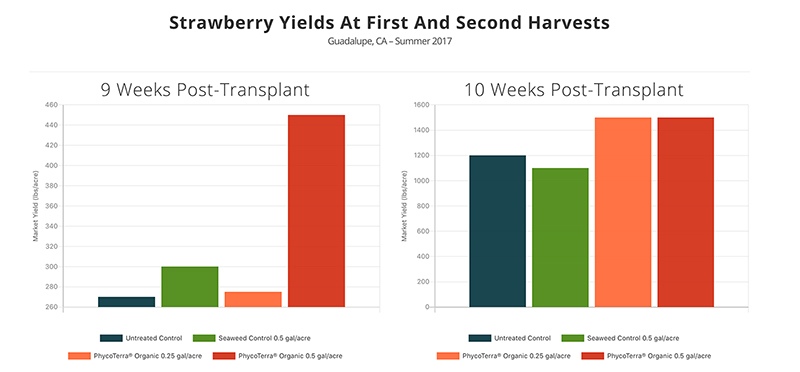Proper Nutrition Essential For Pecan Crop
For more than a decade, USDA Agricultural Research Service (ARS) and university scientists have been studying the importance of nickel, phosphite, and zinc for the productivity and vigor of pecan orchards.
The ARS study “Suppression of Pecan Scab by Nickel” published in 2012 notes that spraying canopies with nickel “could improve natural tree resistance to the fungus while providing additional protection by being simultaneously toxic to the scab fungus. Timely application of nickel alone, or as an additive to fungicides, offers a means of improving scab diseases control in commercial orchards.”
The research analysis showed that adding nickel to fungicide treatments reduced severity of scab on fruit by 6% to 52%. “Ni can provide some protection against pecan scab when used alone at high concentration or when combined at lower concentration with conventional pecan fungicides,” ARS researchers note.
Recent University of Georgia (UGA) Cooperative Extension and ARS research on the growth abnormality “mouse-ear” in pecans also points to nickel deficiency as a cause, in part because roots cannot take up nickel effectively from the soil due to excess accumulation of other elements in the soil competing with nickel for uptake channels in the feeder roots. Ni foliar applications in early spring and again in the fall help the tree avoid mouse-ear, the UGA Extension notes.
The ARS report “Insights into the Nutritional Physiology of Nickel” published in 2008 identified another problem caused by Ni deficiency: “Nickel deficient trees exhibit a disruption of normal metabolism of various organic forms of nitrogen needed for normal growth and development processes.”
The ARS study “Evaluation of Phosphite to Control Scab on Pecan in the Southeastern USA” publishing in 2011 found that phosphite is “an elicitor of systemic acquired resistance (SAR)” that helps trees fight off pathogens. “Phosphite provides useful control of pecan scab on both foliage and fruit early in the growing season,” though the industry standard fungicide TPTH provides better late-season scab control, the ARS research paper notes. Tests show that phosphite is directly toxic to pecan scab.
While zinc is important for crop development, zinc also can play a role in disease management. The University of Georgia Cooperative Extension notes that one of the most common nutritional disorders of pecan in Georgia is pecan rosette, which is usually a sign of zinc deficiency. Rosette begins as chlorosis and curling or twisting of young leaves. The condition is first visible in the terminal leaves or the terminal leaflets of compound leaves. As the problem progresses, further chlorosis and wavy leaf margins develop. This includes the narrowing of the leaves, necrosis between veins and terminal dieback. Affected trees may take on a rusty brown or yellow-green color, particularly near the tops of the trees.
The UGA Extension notes that zinc moves slowly in the soil, requiring two or more years for a surface application to become effective.
“Foliar zinc applications are the most effective means of correcting the problem when deficiencies occur. Three to six applications per season are normally recommended, depending on the severity of the deficiency, with the first spray being applied about two weeks after budbreak. Sprays should be applied at two week intervals over the period of shoot elongation. Foliar zinc should be applied anytime leaf
concentrations fall below 50 ppm or when visible symptoms of zinc deficiency are present,” the Extension recommendations state.
Clemson University Cooperative Extension notes that the fungus Gnomonia dispora only infects poorly nourished trees that are deficient in zinc. The first symptoms appear in June a few days after infection. The spots resemble those caused by the brown spot fungus, but as they expand, they are restricted by the lateral veins. They develop large, elongated, dead areas within the lateral veins. The fungus overwinters in fallen leaves.
Summaries of these USDA research papers are available at the ARS Fruit and Nut Research website. The cooperative Extension papers are available at Clemson’s Extension and UGA Extension.










